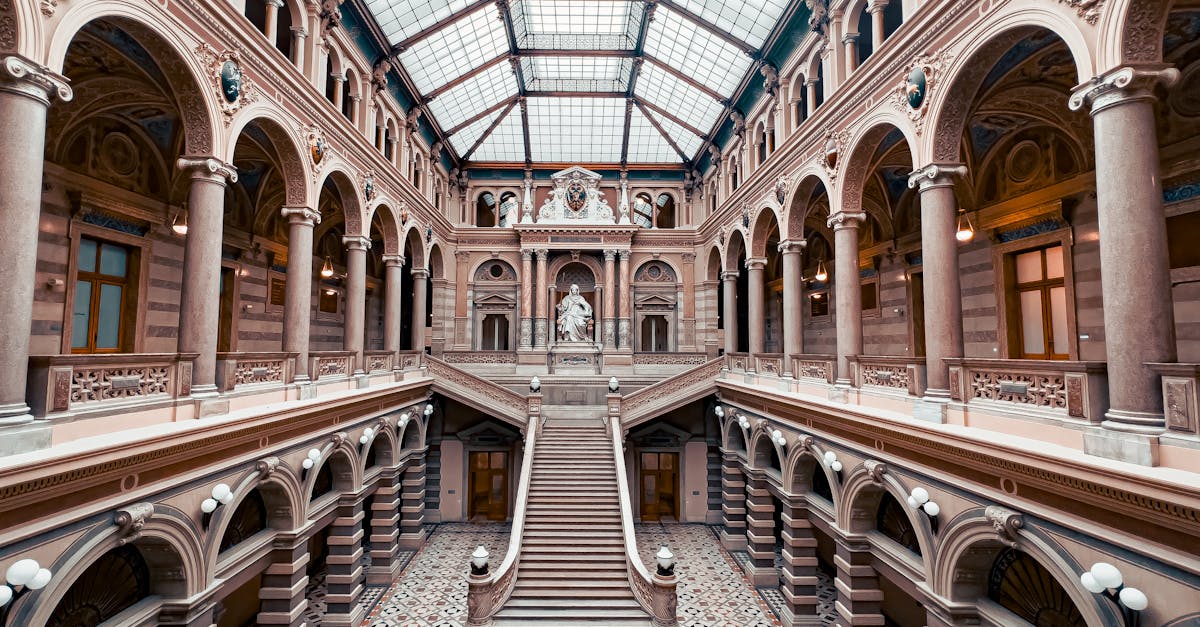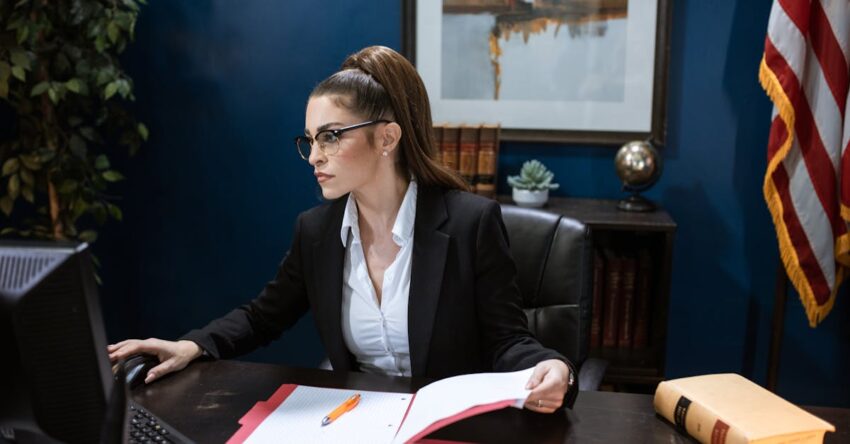Ever thought about AI-generated art law and how it might change the world in 2025? I certainly hadn’t until the digital art world began buzzing with talks about artificial intelligence law and its implications. Picture this: a robot paints a masterpiece, but who gets the legal bragging rights—the artist or the algorithm? It’s a head-scratcher, isn’t it? With technology advancing faster than my morning coffee brews, it’s crucial to know how intellectual property rights, copyright law, and AI ethics are evolving.
In this rapidly changing digital landscape, understanding art law could save you from future headaches involving complex copyright issues. Imagine facing a legal showdown over a piece of generated content, only to realize you missed out on the fine print of ownership and originality. Recognizing the legal rights of AI and human creators is more important than ever. Want to avoid that pitfall and ensure your creations aren’t left out in the cold? Dive into this discussion with me, and let’s untangle the web of digital art rights together.
Join me in exploring these challenges and see how the evolving field of AI in creative industries might impact your work. Whether you’re an artist, a tech enthusiast, or simply curious, understanding how creativity and legal frameworks intersect is vital. Ready to unravel the mystery of art law and secure your creative future? Let’s get started!

Photo provided by RDNE Stock project on Pexels
Inside the story
Understanding AI-Generated Art Law
When I start thinking about the legal aspects of AI art, I quickly realize how complex it is. AI-generated art law is not just about robots or software creating art. It’s about understanding who owns what when a machine gets involved. For example, if an AI generates a beautiful painting, who truly owns it? Is it the person who built the AI, the one who trained it, or maybe the person who gave it the task?
The laws are still catching up with how fast technology changes. Sometimes, it feels like there are more questions than answers. As I think about it, I notice there’s no simple answer. Many people are still debating these issues. Some folks believe that the person who created the AI should own the art. Others think the person who operates the AI deserves the credit. What do you think?

Photo provided by Gülüzar İlgin on Pexels
AI Ethics in Creative Industries
Now, let’s chat about ethics. It’s a bit like looking at a big puzzle with missing pieces. AI in creative industries raises important ethical questions. I wonder about the impact on human artists. If machines can create art, what happens to the value of art made by humans? It’s a bit worrying, don’t you think? There’s also the question of fairness. Is it fair for an AI to enter an art contest meant for humans?
Moreover, there’s the topic of AI ethics and responsibility. If an AI creates something offensive or harmful, who is to blame? It’s crucial that we think about these issues now. We need to make sure we use AI responsibly and ethically, especially as it becomes more common in creative industries.

Photo provided by Lokman Sevim on Pexels
Legal Rights of AI and Creativity
Then, there’s the matter of legal rights. Who has the rights to AI-created works? The owner of the machine, or perhaps the AI itself? It’s a big question in the world of AI-generated art law. If I use an AI to make a digital painting, do I own it just like a painting I create with my own hands?
These questions about ownership in AI-created works are not just theoretical. They have real implications for how we view creativity and rights in our world. Thinking about this makes me realize that the concept of ownership in art is shifting. It’s fascinating how the boundaries of what we traditionally understand are being pushed and redefined.

Photo provided by Nico Siegl on Pexels
Copyright Law and AI-Generated Art
Copyright law and AI-generated art come with their own set of challenges. For example, can AI art be copyrighted in the same way as human-made art? How about if an AI generates something in a sufficiently creative way? These are the kinds of questions I ponder. The laws we have today don’t always fit neatly with what AI can do.
Sometimes, it feels like the copyright system is playing catch-up. One challenge is determining what constitutes original work. With AI, this can be tricky. If an AI mixes and matches existing art to make something new, is it original? These challenges with copyright law are very real, and they will likely affect artists and creators around the world.

Photo provided by Google DeepMind on Pexels
Art Law Challenges in 2025
Looking ahead to 2025, the legal landscape is evolving. New rules and guidelines are likely to emerge, but navigating them won’t be simple. I think about how evolving art law challenges will affect both traditional and digital artists. For artists, understanding these changes will be crucial. It’s important to stay informed about how AI might influence what is considered art and the rights involved.
As we explore these evolving legal landscapes, balancing innovation and protection becomes key. The goal is to ensure that artists, whether human or AI-assisted, have their rights respected. However, staying on top of these changes can feel overwhelming. It’s like being in the middle of a fast-moving river, trying to figure out the best path forward.
Embrace the Future of Digital Art Law
Navigating the world of digital art in 2025 can be tricky, but understanding the landscape offers incredible benefits. By grasping how intellectual property rights and copyright laws apply to AI-created art, you protect your creative efforts and ensure fair recognition. This knowledge empowers you to confidently explore new creative possibilities while safeguarding your rights and those of other artists.
To stay ahead, start by diving into the current laws surrounding AI-generated art. Familiarize yourself with how copyright laws apply to your work and consider consulting a legal expert if needed. You can also join communities and forums where artists and legal professionals discuss emerging trends and challenges in digital art. These steps will keep you informed and prepared for any changes or challenges that may arise.
Now is the time to take action. Keep creating and sharing your art while staying informed about your rights. Connect with other creators to learn and grow together. Remember, your proactive approach helps shape the future of the art world. Let your creativity thrive in this ever-evolving landscape!
